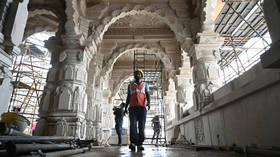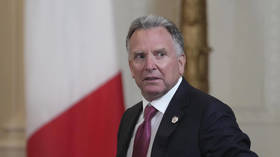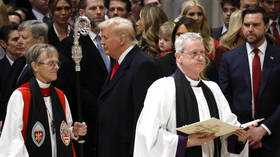In the shade of Ayodhya: The mosque that made way for India’s grand temple is yet to see the light of day

“Are you a reporter? Do you have any idea when the construction of the mosque will start?” asks Mohsin Khan. He’s a 34-year-old property dealer from Dhannipur, a village of 2,100 people, 18 miles from the district headquarters of Ayodhya in Uttar Pradesh, India’s most populous state.
There, the culturally important and politically significant Ram temple will be inaugurated in the presence of Prime Minister Narendra Modi on Monday, January 22.
Dhannipur, 372 miles from New Delhi, is the village where a plot measuring five acres was allotted for the mosque following a Supreme Court verdict in November 2019 that allowed the establishment of a Ram Temple on land where, for 400 years until 1991, a mosque had stood. The dispute over the land, believed to be the mythological Lord Rama’s birthplace, had driven Indian national politics since the 1980s.
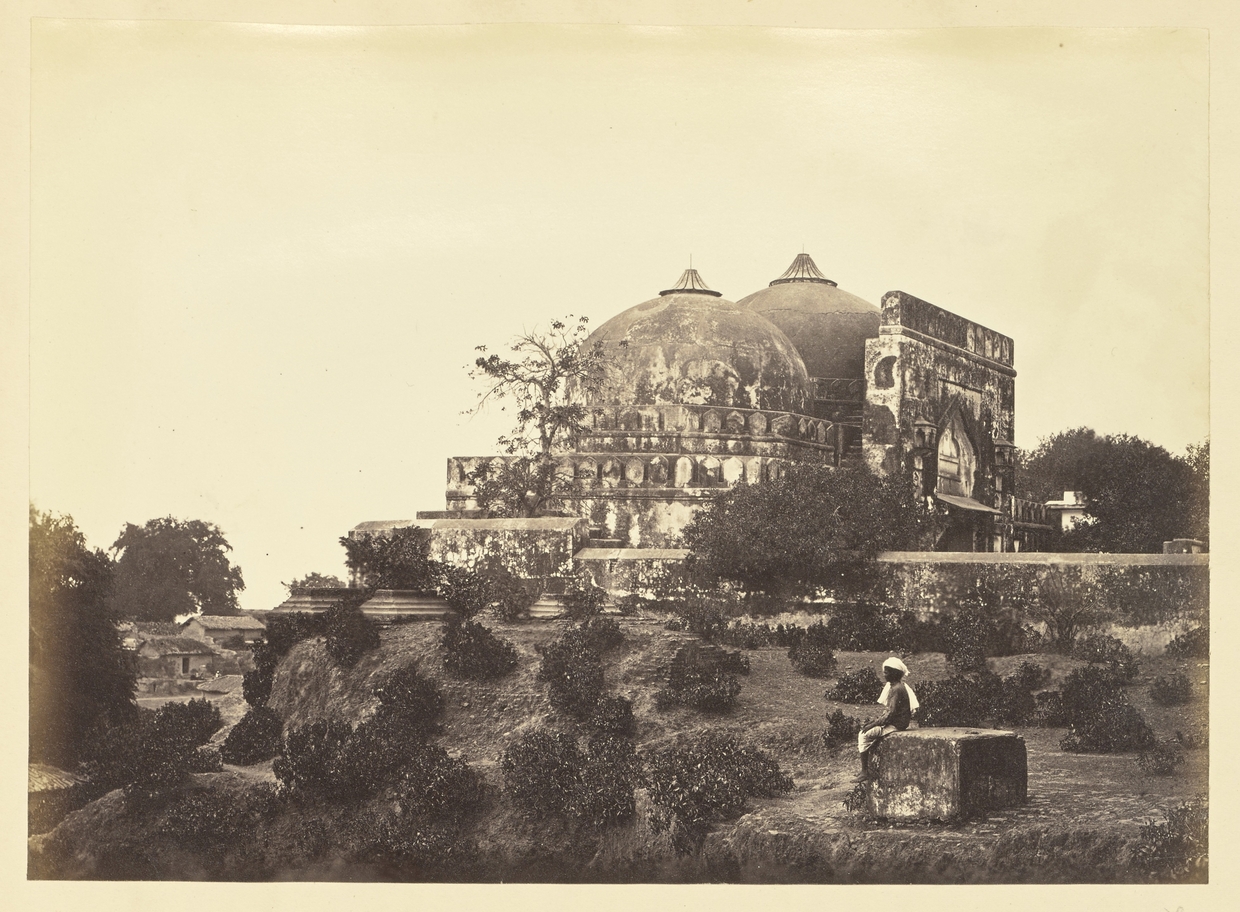
Mohsin is not the only one curious about when the construction of the mosque will start in Dhannipur. Shiva, who goes by his first name, says: “As the representative of the village headman, I get questions from villagers and reporters all the time on the mosque construction, but the fact is that we do not know anything. No one tells us anything.
“People in this village have been waiting for development, and with Ayodhya getting everything from an airport, a hospital, hotels, roads, etc, the village now feels like an adopted child.”
Dhannipur has a mix of Hindus and Muslims. Most Hindus belong to the so-called backward castes. Most residents depend on agriculture and on daily wage jobs for their income. They say they have been waiting for development, and the mosque could turn their village into a site for religious tourism and boost the local economy, much like Ayodhya.
Just beside the site allotted for the mosque stands an old tomb and a big tree, fenced by concrete boundary walls, painted white. A poster on a wall showcases a proposed mosque design and claims: ‘A Masterpiece In Making.’
Pointing towards it, Mohsin says, “See, the masterpiece is only in the poster. The making is yet to start and only Allah knows if we will see the construction in our lifetime.” He smirks, kick-starts his motorbike, and drives off.
The Indo-Islamic Cultural Foundation (IICF) Trust, tasked with building the mosque, has cited a lack of funds for the delay in its construction. While a trust for the Ram temple, spread over 70 acres, has received donations of over 30 billion rupees ($360 million), the mosque’s trust has so far received only R5 million rupees ($60,000), according to officials in both trusts.
The plot allotted for the mosque is the only piece of barren land in Dhannipur. Children use it for cricket. The road leading to the plot doubles as a motorbike parking area for youngsters in the village.
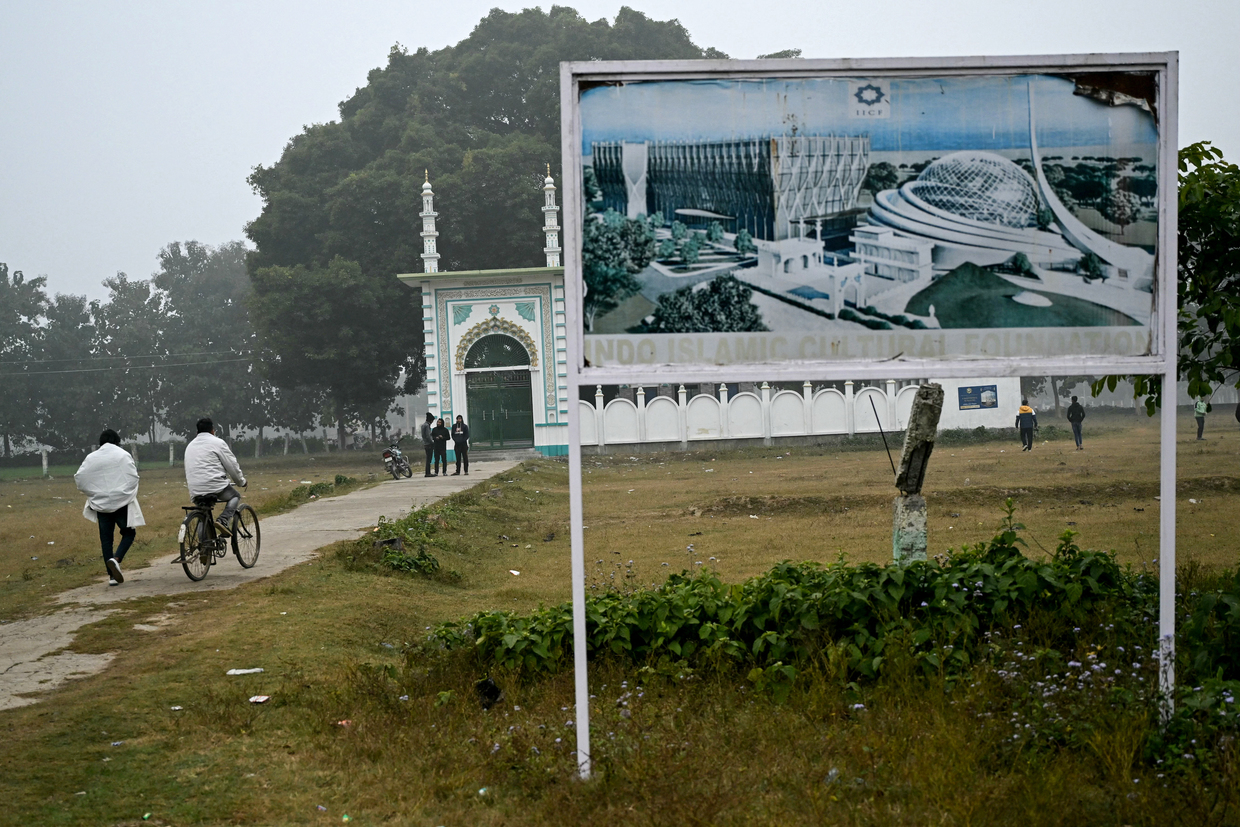
Mohammad Altamas’ residence is in front of the plot. His father has kept a 200-square-foot space reserved for constructing two shops but he hs yet to begin, Alatamas says, because the mosque has yet to materialize. Altamas, until last November, was working as an assistant to a saffron flag-seller on the Lucknow-Gorakhpur highway (along which Ayodhya is situated). Saffron flags are used by Hindu nationalists at rallies, processions, and in routine religious activity.
He had also planned to sell green Islamic flags on the highway, a few meters from his house, thinking it would bring good business. But it has yet to take off. “I saved 2,400 rupees ($29) to buy flags,” Altamas says. “I got the details of where to get them. But, because the construction of the mosque has not yet started, I spent the money on giving zakat (alms) last Eid.
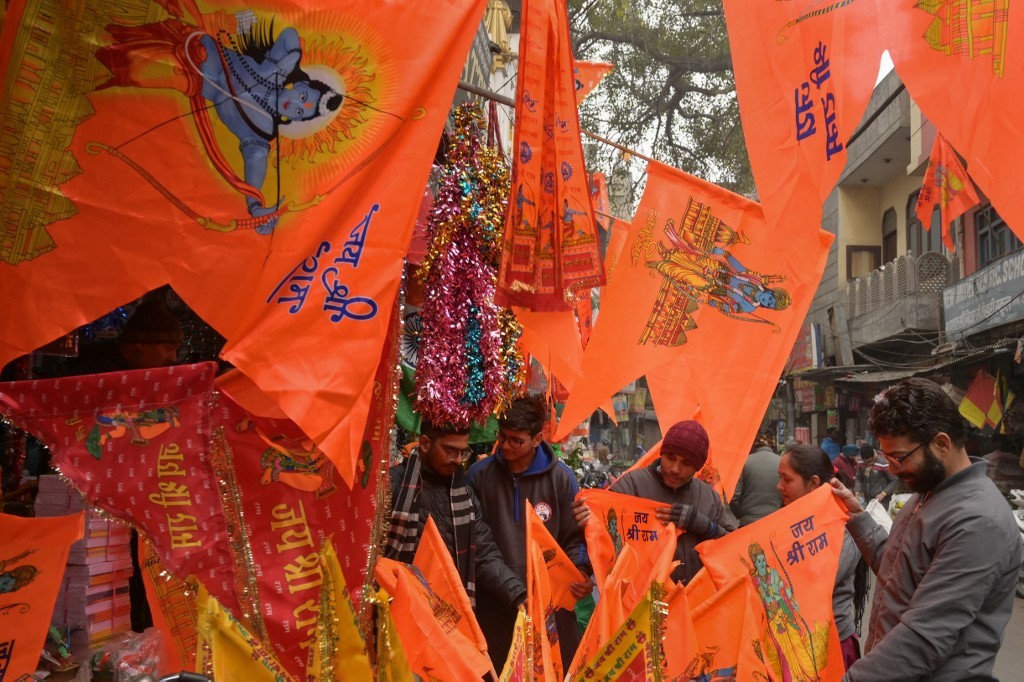
“When the mosque was announced, they promised us a school, a hospital, library and other things,” Altamas says. “We were happy then but now the excitement has faded as the trust has done nothing other than hoisting the tricolor on national festivals. Sometimes it seems that they do not intend to build the mosque. Had they started construction, donations would have started to pour in.”
Athar Husain, an IICF trustee, says the delay is because of changes in the mosque design, and a lack of funds. “We are reformulating a strategy for fundraising because we need a lot to construct a 200-bed state-of-the-art hospital, a library and a community kitchen,” he says. “We also need funds to pay taxes in millions of rupees as development charges to the Ayodhya authorities,” he says.

Husain adds that the new design has not been finalized and architects are working on it. “The main aim of the redesign is to get maximum attention and raise funds accordingly that can help complete construction,” he says.
RT tried to reach Haji Arafat Shaikh, the new chief mosque development committee member of the ruling Bharatiya Janata Party (BJP) in Maharashtra; but did not get a reply. Shaikh was appointed last November.
The mosque’s foundation stone was laid on January 26, India’s Republic Day, in 2021. The proposed deadline for the mosque and add-on projects was December 31, 2023.
“The masterpiece mosque is only on paper,” says Iqbal Ansari, former litigant in the title suit at the center of the Ayodhya dispute. The title suit was over whether the disputed plot belonged to a mosque or a temple. Incidentally, Ansari has been invited to the temple inauguration. “They have no intention of starting the construction,” he says. “Had there been intent, the mosque or at least a single-bed emergency hospital that was promised to the Muslim committee by the trust would have started by now.
“I am not a trustee and I have no say. Neither do Ayodhya’s Muslims nor Dhannipur’s residents need another mosque. There are already more than 22 from Dhannipur to Ayodhya where the Muslim population goes to pray. Even if it is constructed I will never go and this is my personal choice,” says Ansari, sitting in his small drawing room, hardly 200 meters away from an entrance gate to the grand temple.
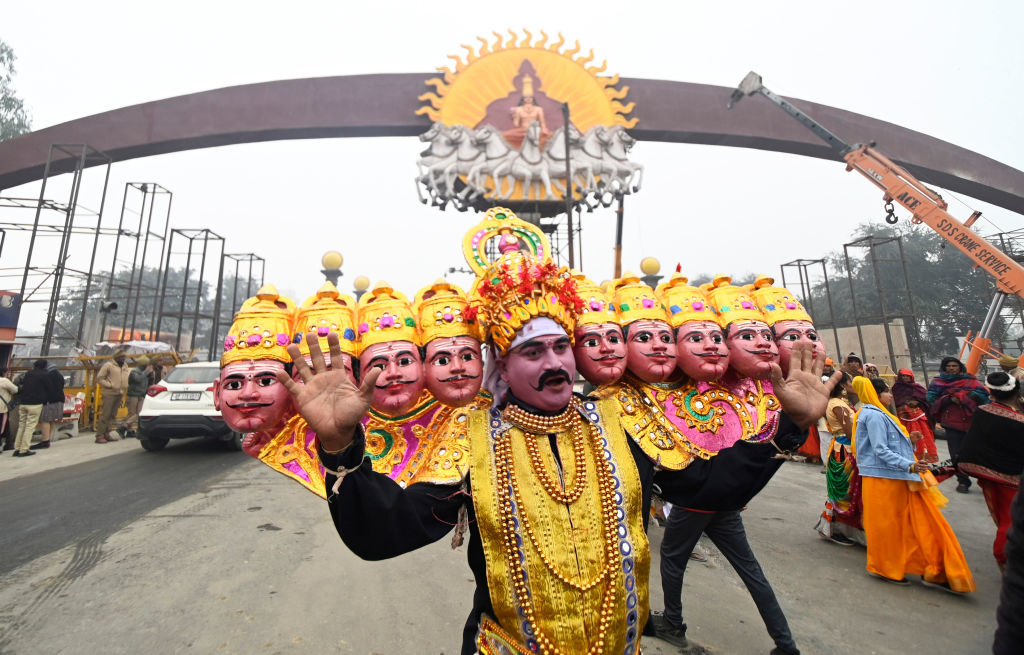
Ansari nowadays speaks more in the temple’s favor than for the mosque, and is often seen participating in the temple’s consecration ceremonies.
RT asked Satyendra Singh of the Ayodhya Development Authority whether Dhannipur was receiving step-motherly treatment.“The decision to construct the mosque relies on the trust formed on the orders of the court,” he told RT. “The administration’s role is only to provide clearance and develop the area. Once we receive a request and the required taxes we will start working on different things. As of today, we do not have any say in it."
“Look at Ayodhya and the way it is being developed,” says Azam Qadri, an office bearer of the Waqf Board (which maintains Muslim land for religious purposes) in Ayodhya. “Business is booming and the residents are getting world-class infrastructure. But Dhannipur is neglected, like anything. The development of both places should have started at the same time but it is not so.”
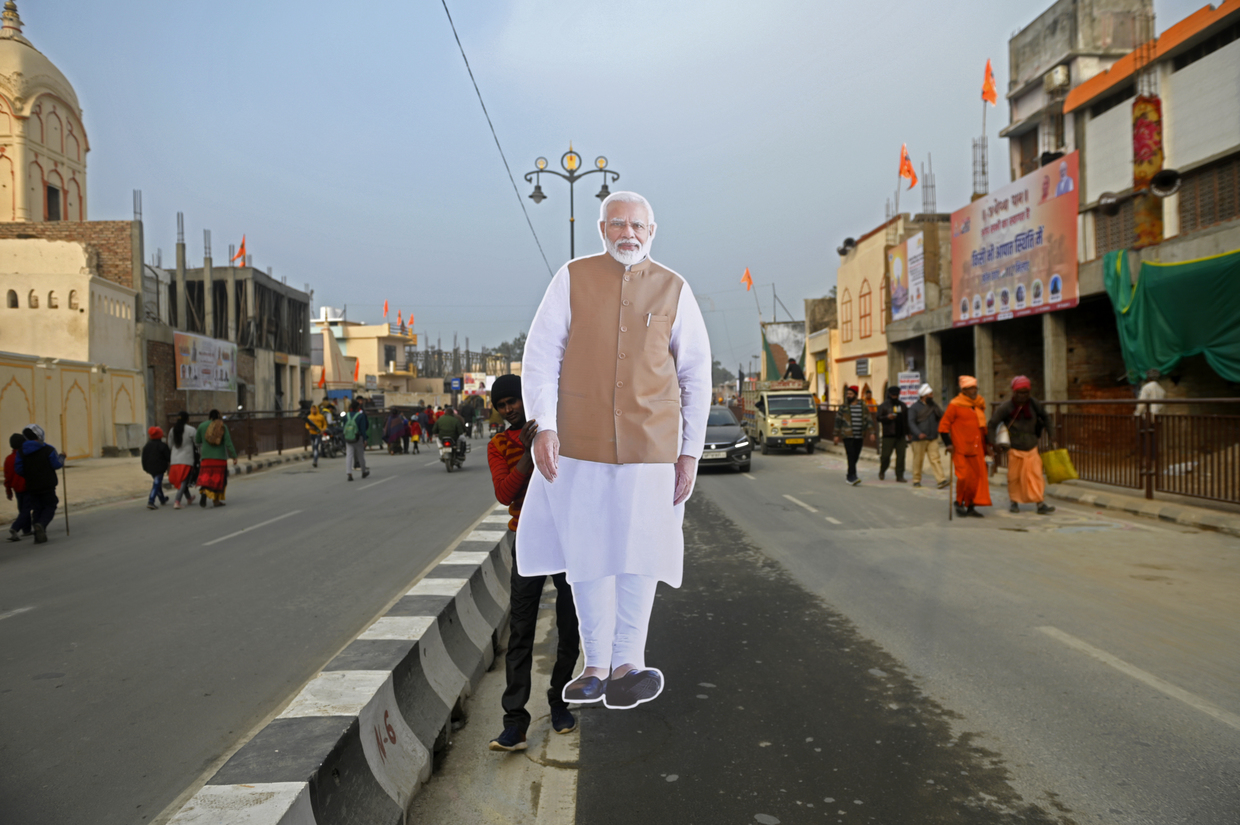
The inauguration of the Ram Temple has been billed by the ruling Bharatiya Janata Party (BJP) as heralding a new age of cultural revival. Formerly a sleepy town, Ayodhya has got new infrastructure and development costing millions of dollars, and is set to emerge as a new pilgrimage-tourist destination.
The government has urged all of India to celebrate the day as Diwali – the festival of lights, the day that Lord Rama returned home (the Ram temple is depicted as a homecoming for the child Rama); government employees have been given a half-day holiday, and it is an occasion for the BJP to garner much political capital.
Where India Meets Russia – We are now on WhatsApp! Follow and share RT India in English and in Hindi
